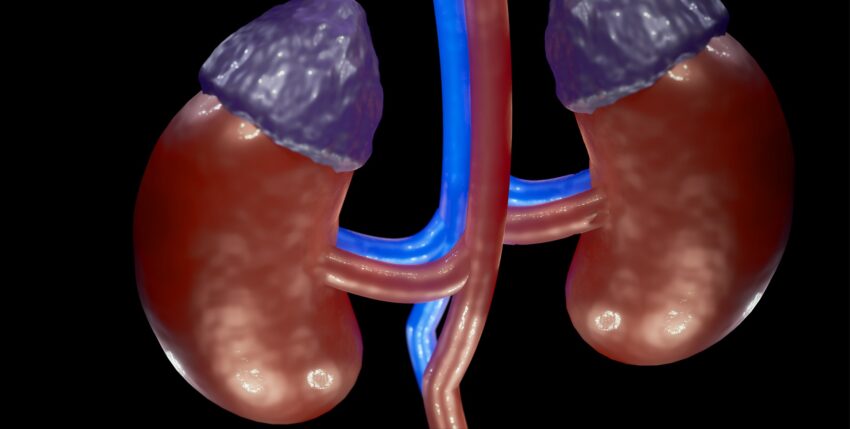The Diabetic kidney disease market is growing significantly due to the rising prevalence of diabetes as it is the leading cause of kidney disease worldwide. Diabetic kidney disease (DKD) commonly known as diabetic nephropathy, is a type of kidney disease caused by diabetes. It typically occurs in people who have had type 1 or type 2 diabetes for a long time. The main function of the kidneys is to remove waste and excess fluid from the blood. High blood glucose from diabetes can damage the tiny blood vessel clusters (glomeruli) in the kidneys which filter wastes from the blood. This damage makes it hard for the kidneys to properly clean wastes from the blood.
The Global Diabetic Kidney Disease Market is estimated to be valued at US$ 4.21 Bn in 2024 and is expected to exhibit a CAGR of 4.8% over the forecast period 2024 to 2031.
As per the International Diabetes Federation (IDF), currently more than 463 million adults (20-79 years) are living with diabetes and by 2045 this will rise to 700 million. Almost 50% of people with diabetes has some form of DKD, which is the leading cause of end-stage kidney disease. Some key advantages of DKD treatment are preventing further kidney damage, slowing disease progression, managing blood pressure and blood glucose, and treating related conditions like anemia.
Key Takeaways
Key players operating in The Diabetic Kidney Disease Market are AstraZeneca, Boehringer Ingelheim, Janssen Pharmaceuticals, Bristol Myers Squibb, GSK, Novo Nordisk, Eli Lilly and Company, Merck & Co., Sanofi, AbbVie, Sun Pharmaceutical Industries Ltd, Teva Pharmaceutical Industries Ltd, Lupin, Aurobindo Pharma, Takeda Pharmaceutical Company Limited, Biogen, Vertex Pharmaceuticals Incorporated. The major players are focusing on developing new advanced products and drugs for effective treatment and management of DKD.
The growing prevalence of diabetes across global populations has boosted the demand for DKD treatment substantially. As per IDF, currently about 537 million people have diabetes and this number is projected to rise to 643 million by 2030 and 783 million by 2045. Effective management of blood glucose and blood pressure levels can delay DKD progression significantly.
The rising awareness regarding diabetes induced complications like kidney damage has prompted many global pharmaceutical players to expand their DKD drugs portfolio worldwide. For instance, healthcare expenditures on diabetes in the U.S. rose from $327 billion in 2017 to $327 billion in 2021. The ongoing expansion and collaboration activities by market leaders are also fueling the global DKD market growth.
Market Key Trends
One of the major diabetic kidney disease market trends is the rising adoption of combination drug therapies. Treatment of DKD often involves using multiple drugs together that target various pathways involved in disease progression. For example, SGLT2 inhibitors combined with renin–angiotensin system blockers are being increasingly used as first-line treatment as they have shown synergistic effects. Combination therapies help lower blood pressure and blood glucose more effectively along with providing additional kidney protective effects. This emerging treatment approach is expected to drive significant growth in the global DKD market during the forecast period.
Porter’s Analysis
Threat of new entrants: New companies entering the market will face high capital requirements to set up manufacturing facilities and gain brand recognition to cater to customers.
Bargaining power of buyers: The power of buyers in the diabetic kidney disease market is high given the presence of suitable alternative treatment options available.
Bargaining power of suppliers: Major companies rely on few suppliers for raw materials which gives suppliers a stronger position in negotiations.
Threat of new substitutes: Alternative treatment options for diabetic kidney disease like lifestyle changes, medication, and dialysis are readily available limiting the threat of new substitutes.
Competitive rivalry: The market is dominated by key players continuously investing in R&D to develop more effective drugs.
Geographical Regions
North America accounts for the largest share of the global diabetic kidney disease market in terms of value. This is attributed to the high prevalence of diabetes and increasing obesity rates in the US and Canada.
Asia Pacific is poised to witness the fastest growth during the forecast period due to rising disposable incomes, growing geriatric population, and increasing awareness about kidney ailments in major countries like India and China.

